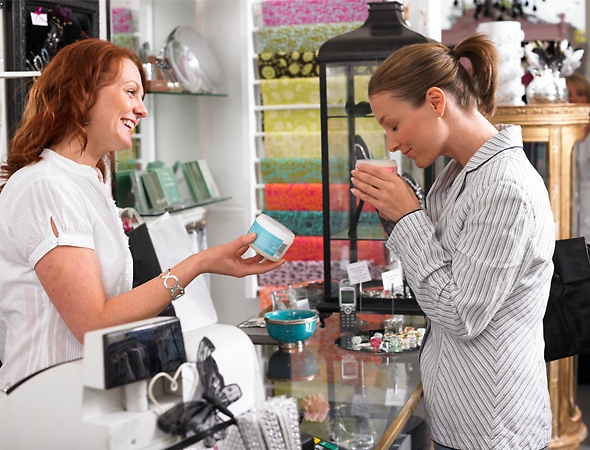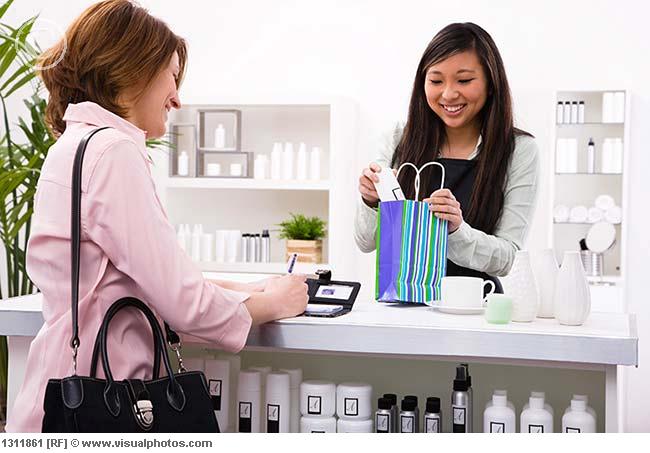How Spa Therapists Boost Their WIFM

Working at a spa may be a life calling for many of us but that doesn’t make it lucrative. When I began working in the spa industry as a therapist I saw a serious deficit in my finances. Transitioning from a management position at a Fortune 500 company was a huge change. In the past, I’d had the ability to pay off monthly bills, take two vacations per year, and save a substantial amount in my 401K and bank account. But the trade-off was well worth it. I no longer suffered from daily migraines and high blood pressure. When I left my corporate job I didn’t look back. Not once.
I never saw making money and helping people as mutually exclusive. Early on in my position as a therapist, I realized that I still wanted to take nice vacations. I’d grown used to having them and saw no reason to eliminate them from my list of things to look forward to. I’d simply have to find a way to earn money beyond the compensation of the spa services listed on my daily activity schedule.
I had noticed that the spa receptionists tended to book the most basic, least expensive treatments. To increase my earnings I only had to up-sell those services and sell our retail products to realize a much healthier paycheck.
I started by listing the top five basic treatments-these were the ones most frequently booked. On the same sheet of paper, I listed their upgraded versions and the benefits of each. I viewed them through my customer’s eyes; why would I shell out an extra $25, $50 or $75 dollars? Was it really justified? The answer was yes. The upgraded treatments were far superior. They were more effective and luxurious. Many of them were longer. For most clients, the additional time was a plus. I decided that unless a customer was adamant about the treatment they had booked, I would recommend an upgrade to everyone. I also made it a point to schedule the treatments for myself. That way I could make my recommendations based upon personal experience.
Almost everyone accepted the upgrade. I discovered that most people just want what is best and the difference in cost doesn’t really matter to them. If you explain how they will benefit they are more than willing to defer to your expert judgement.
By up-selling my client from a basic $95 treatment to one that costs $150-$165 I was generating much more revenue. The additional commission from related retail products I sold was also making a difference in my earnings.
Buoyed by my success, I began cross-selling services in other departments to my clients as well. After all, if I’m performing a hydrating body wrap, why not suggest that they care for their feet as well with a spa pedicure? If I felt shoulder or neck tightness during a facial I would recommend a massage. My clients would ask me to book them with other technicians that I felt would be a good match for their personality. People enjoy having a their own “glam squad” and their return visits ensured everyone’s job security.
Interestingly, once cross-selling between therapists begins it becomes viral. It’s a feel good activity that promotes teamwork, greater client satisfaction and higher revenues for all. Therapists tend to be some of the most giving people in the world but perhaps taking the step to identify our financial WIFM, (what’s in it for me) would have benefits for all.






